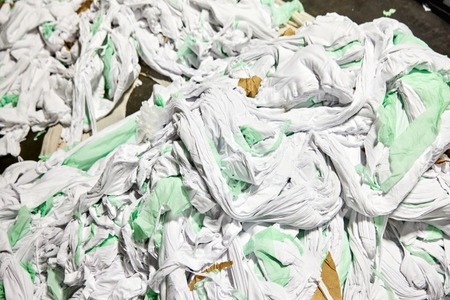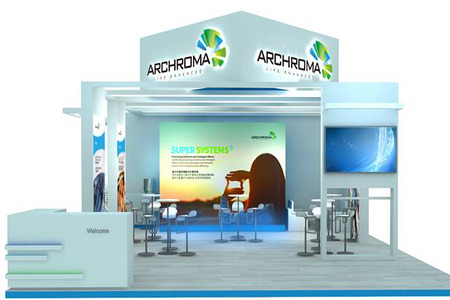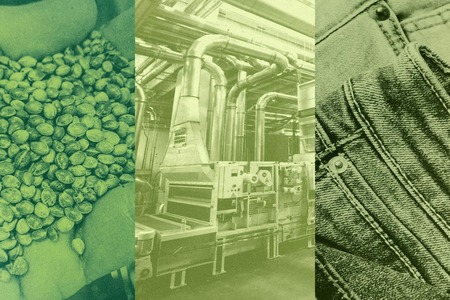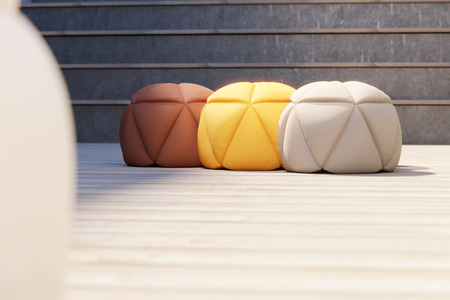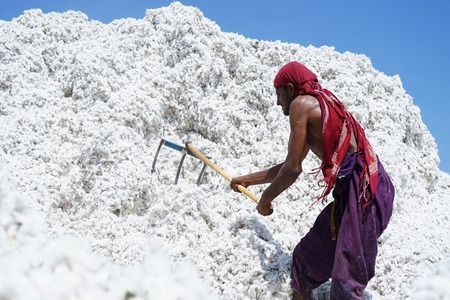
Swiss & Indian researchers develop water-purifying tech to remove toxic dyes
YarnsandFibers News Bureau 2023-03-30 16:41:23 – IndiaResearchers at Sweden’s Chalmers University of Technology in collaboration with India’s Malaviya National Institute of Technology, Jaipur have developed a new technique that can easily purify contaminated water using a cellulose-based material. This discovery may have implications for nations with inadequate water treatment systems and help address the pervasive issue of harmful dye discharge from the textile industry.
The key to water filtration is found in cellulose nanocrystals, which the researchers have amassed a thorough understanding of. According to Chalmers University, the researchers have now discovered a technique to use the great adsorption capability of these tiny nanoparticles.
Gunnar Westman, an associate professor of organic chemistry at Chalmers University of Technology, said that they have now developed a biobased material, a form of cellulose powder with excellent purification properties that they can adapt and modify depending on the types of pollutants to be removed. Westman is in charge of the Wallenberg Wood Science Center's research team.
The latest research study demonstrated how the technique and materials created by the researchers can remove harmful colours from wastewater. The process was catalyzed by sunshine and did not require pressure or heat. Westman compared the process to adding raspberry juice to a glass of rice grains, which absorb the juice and restore transparency to the water.
India is one of the developing nations in Asia with a significant textile industry, and as a result, a lot of dye is discharged annually into lakes, rivers, and streams.
The next stage is to conduct field studies in India, and the Chalmers researchers are now assisting their Indian counterparts in their efforts to convince some of the nation's small-scale enterprises to put the approach to the test in practice. More than 80% of the dye contaminants are currently eliminated by the new process, according to laboratory testing using industrial water, and Westman believes there are good chances to further boost the level of purification.
Westman added that from entirely untreated water discharge to removing 80% of the pollutants is a major improvement, and means much less damage to the environment and injury to people.
Additionally, Westman sees enormous potential for using cellulose nanocrystals to cure water contaminants other than dyes.
Market Intelligence
Ask for free sample Report

experience
Customer Base
dedicated team
Countries Served Worldwide



